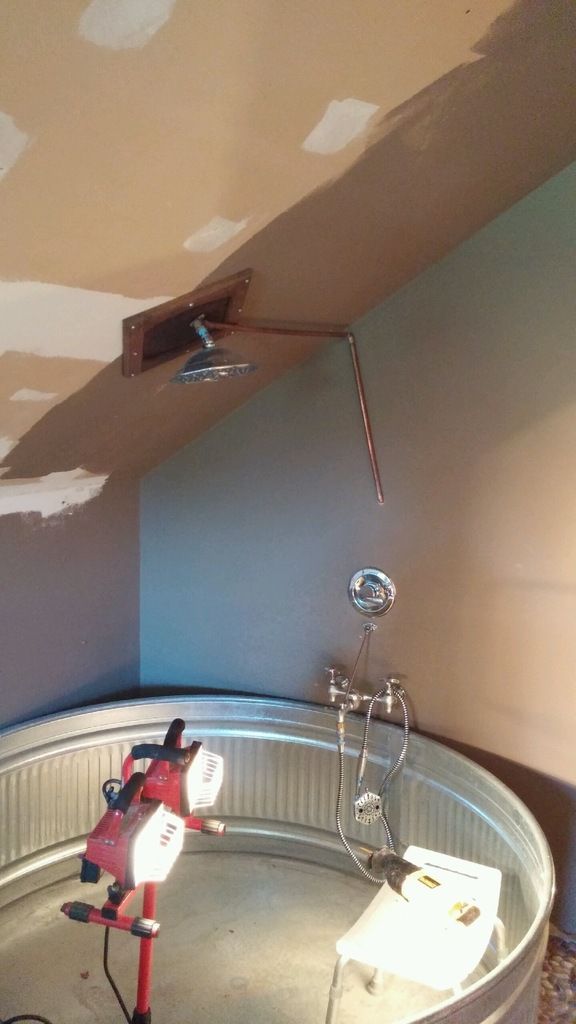TABLE P2701.1PLUMBING FIXTURES, FAUCETS AND FIXTURE FITTINGS
P2701.1 Quality of fixtures.
Plumbing fixtures, faucets and fixture fittings shall be constructed of approved materials, shall have smooth impervious surfaces, shall be free from defects and concealed fouling surfaces, and shall conform to the standards cited in this code. Plumbing fixtures shall be provided with an adequate supply of potable water to flush and keep the fixtures in a clean and sanitary condition without danger of backflow or cross connection
I do not belief a galvanized material would meet the definition of smooth would not be easy to keep clean. The stock tank is no way code compliant.
Would i okay it in a barn or recreational cabin? Sure, in a house for everyday use? No

